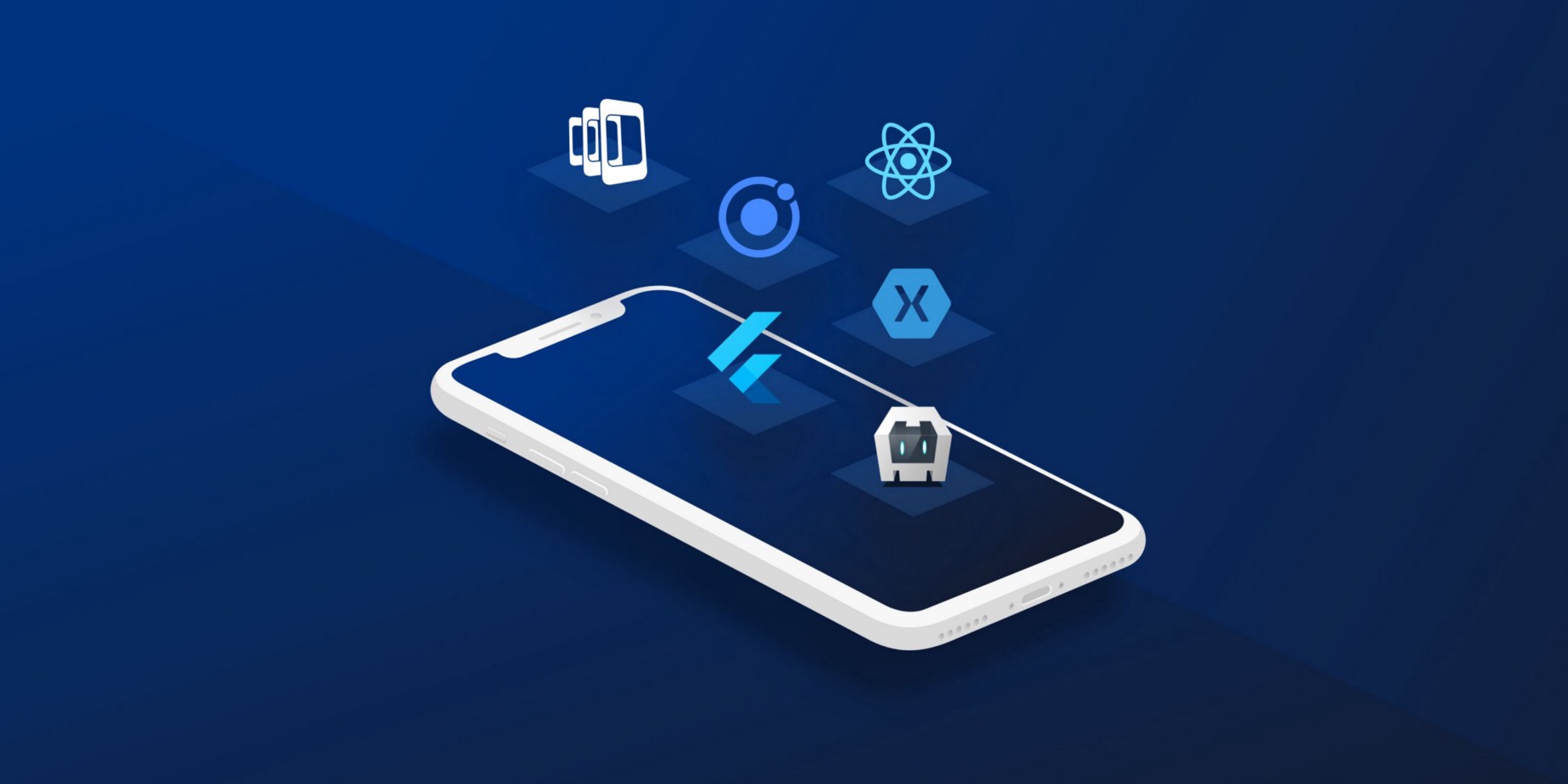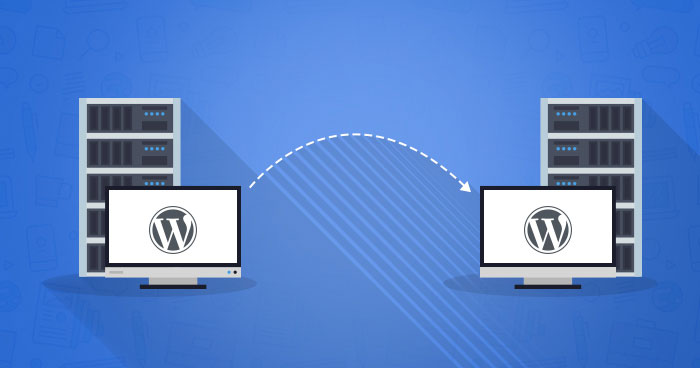In technical times companies need to have their own applications. The applications are easily accessible to people. To remain competitive, businesses must constantly update and improve their products. The open-source rapid app development platform is software that has the source code available for anyone to inspect, edit, and improve.
When engaging in the application, they are only exposed to the outer face of software. The back of the application consists of “Source code.” This is the part of the software that most computer users never see; it’s the code that computer experts may edit to change how a piece of software, a “program,” or “application” works.
Programmers with access to a computer software’s source code can improve it by adding features or addressing portions that don’t always work properly. Open-source Rapid application development refers to the non-waterfall method of working on application development. Experts generally categorize the process into four steps.
Table of Contents
1. Identifying Requirements:
The basic requirement is to get the information from the team members and the users. The understanding of what are the tools needed to perform and how they should be achieved is important. Some applications may require data hosting services, while others may necessitate continuous integration for regular iterations.
Planning your design:
The designing step consists of how the users want their application to look like. It is a significant step since it makes the application either easily usable for people or difficult. Some tools such as Wire-framing and prototyping may be necessary.
This is to build low-fidelity models or high-fidelity prototypes. In an open-source rapid app development platform, interface developers and programmers can work together to achieve the best goal possible.

2. Development of application:
Application development, coding, and programming are crucial components of the construction phase. Developers communicate with one another to assign tasks and plan development phases. After constructing an infrastructure, committing code, and performing the essential procedures, an app is ready to deploy.
3. Testing:
After the successful launch of your application, you are required to train your users and keep testing your application to identify bugs in it. The feedback received from testing is used to make the performance of your application better.
Final Verdict:
Open-source software is unique. Its writers make its source code available to anyone who wants to examine, copy, learn from, edit, or distribute it. Open-source rapid app development platform includes the GNU Photo Manipulation Program.
Open-source licensing has an impact on how individuals use, study, change, and distribute software. In general, open-source licensing allows computer users to use open-source rapid app development platforms for whatever purpose they want. Furthermore, some open-source agreements require that anyone who modifies and distributes a program with others likewise distribute the program’s source code without charging a licensing charge for it.
Feel free to contact us for low code application platforms and Wavemaker vs mendix vs powerapps vs outsystems low code alternatives




